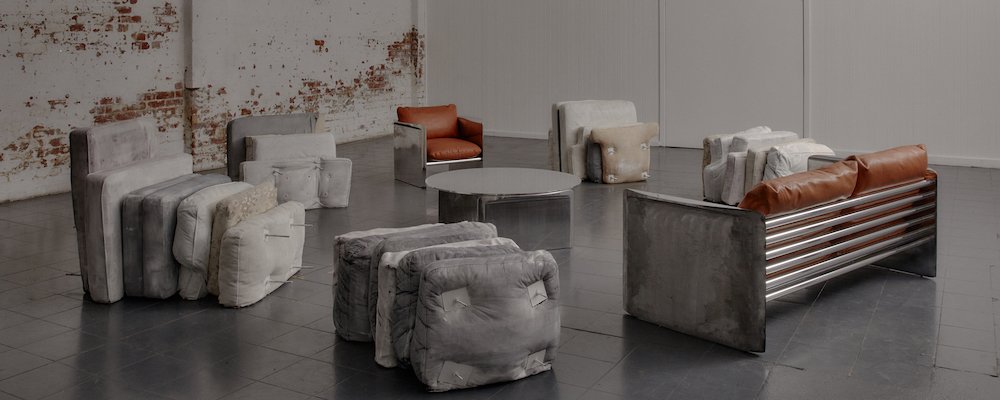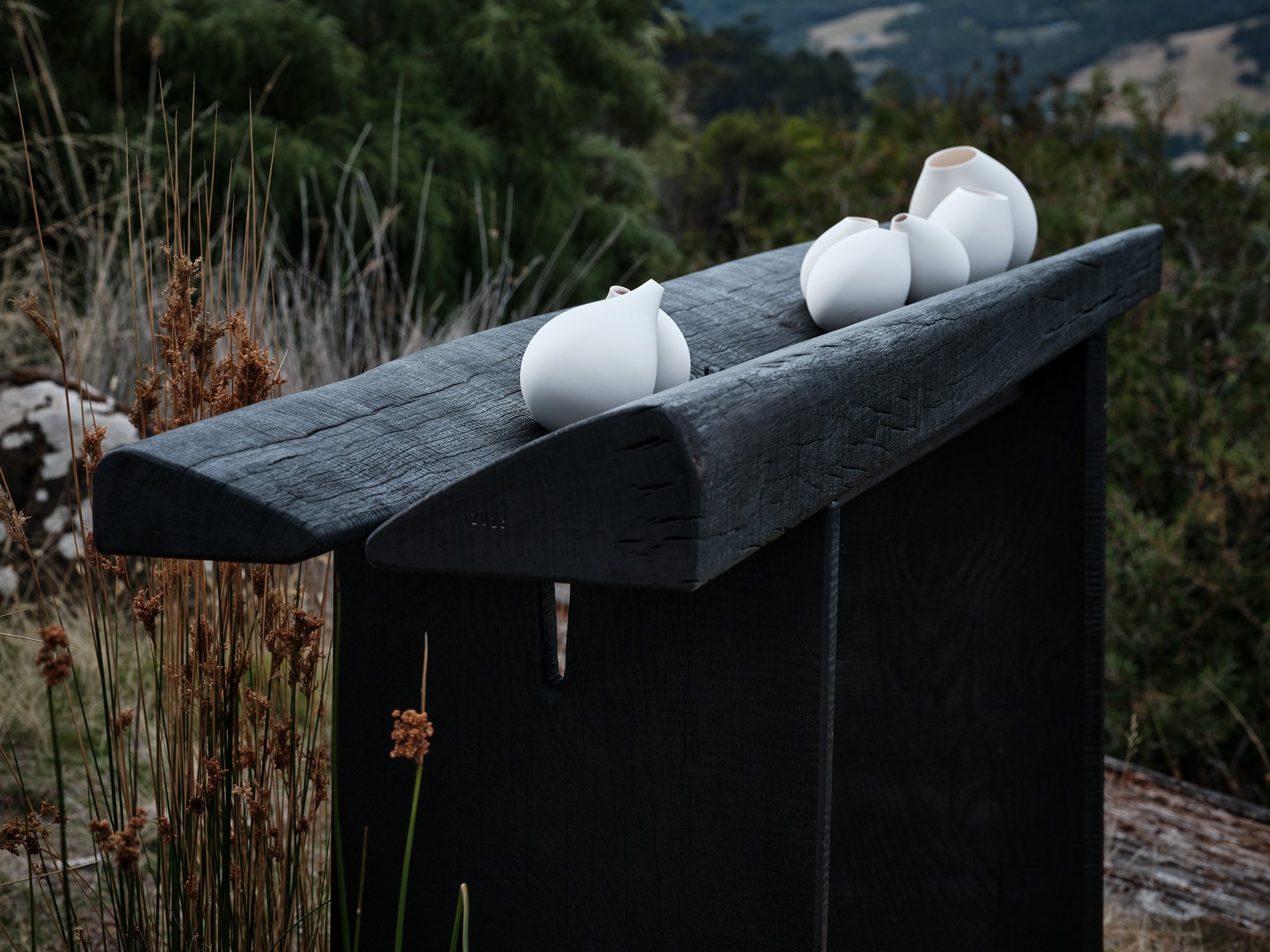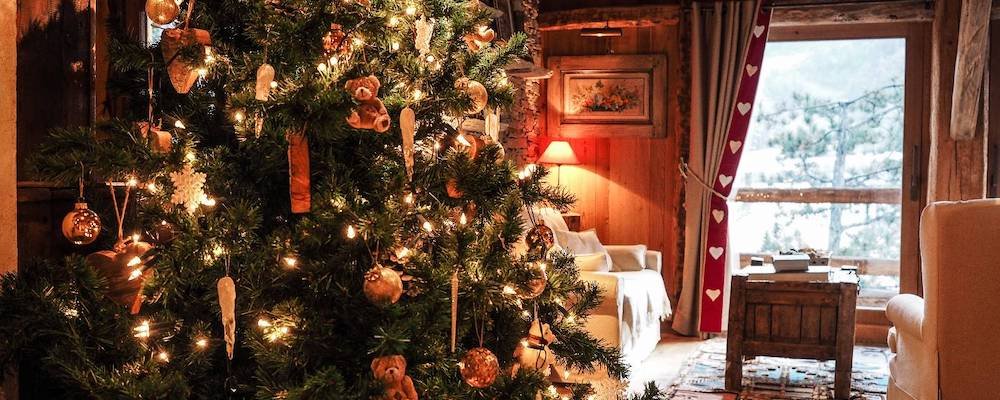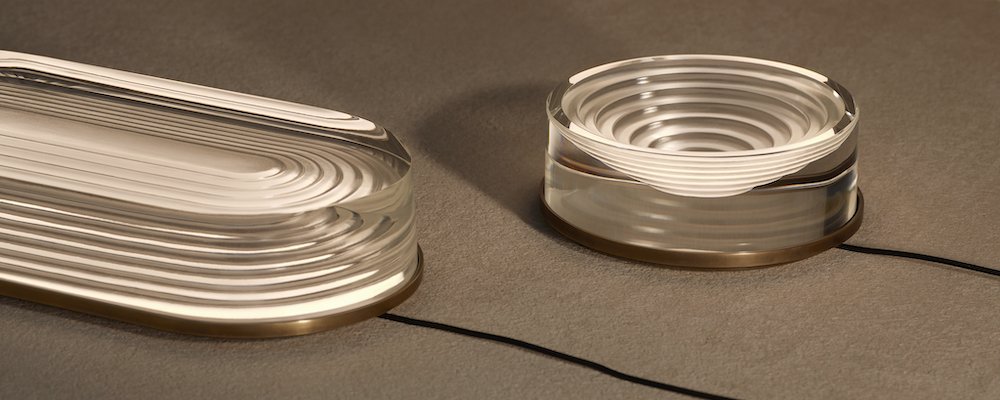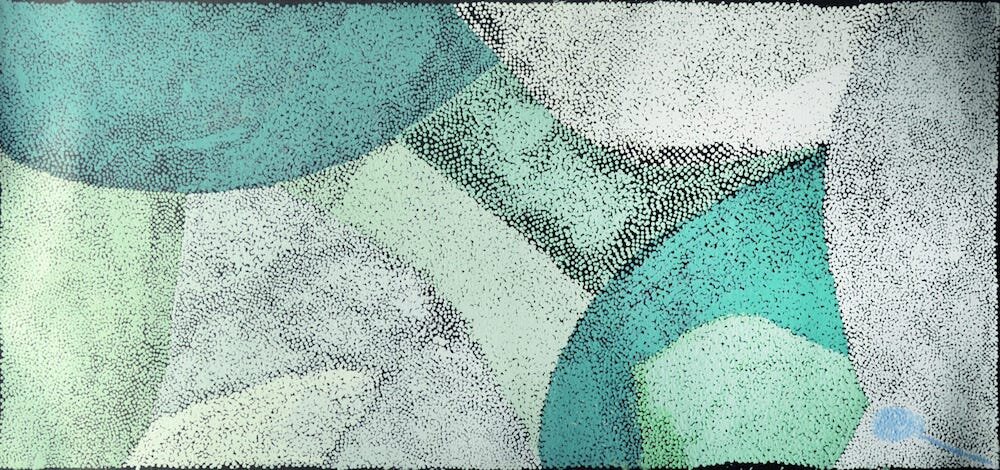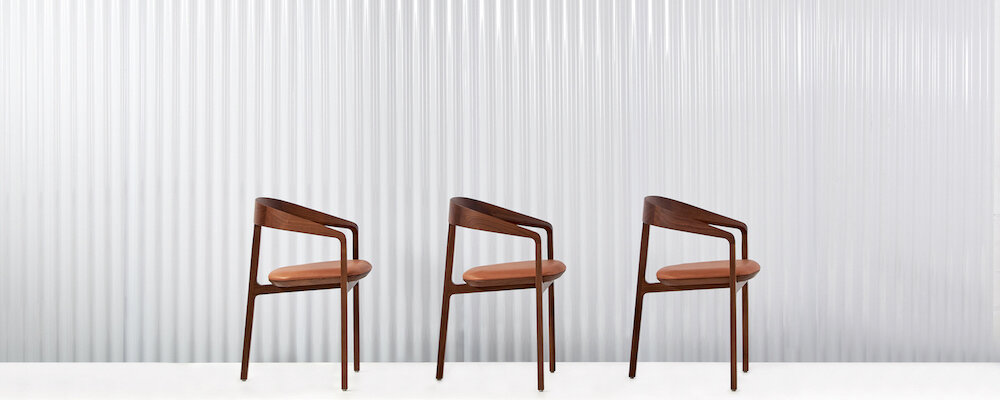NGV Triennial 2020-2021
Exploring some of the most globally relevant and pressing issues of our time, including isolation, representation and speculation on the future, the NGV Triennial will present a large-scale exhibition of international contemporary art, design and architecture.
From December 19th, the National Gallery of Victoria (Melbourne) will a new edition of its Triennal, Australia’s largest and most important event for Art, Architecture and Design.
Featuring 86 projects by more than 100 artists, designers and collectives from more than 30 countries, the NGV Triennial will open at NGV International on 19 December 2020. The exhibition offers a visually arresting and thought-provoking view of the world at this unique moment.
Featuring works by Aïda Muluneh (Ethiopia); Alicja Kwade (Germany); Cerith Wyn Evans (Wales); Dhambit Mununggurr (Australia); Faye Toogood (England); Fred Wilson (USA); Hannah Brontë (Australia); Jeff Koons (USA); JR (France); Kengo Kuma (Japan); Liam Young (Australia); Misaki Kawai (Japan); Patricia Urquiola (Spain), Porky Hefer (South Africa) and Refik Anadol (Turkey), the NGV Triennial includes more than 30 major new world-premiere works especially commissioned by the NGV for this exhibition.
The UAE will be represented by Talin Hazbar unveiling a commissioned piece created with natural elements grown in the waters off the coast of Dubai. Read more here.
Other Highlights include: an entire floor dedicated to works concerning light and illumination presented in dialogue with the NGV’s historical collection; a monumental video work by Refik Anadol (above) spanning 10 metres high and wide, which uses artificial intelligence (AI), machine learning and quantum computing to visualise our digitised memories of nature; and a larger-than-life mirror-polished sculpture of Venus, Roman goddess of love, by American artist Jeff Koons.
Further highlights include a comprehensive display of works by Yolngu woman Dhambit Mununggurr (above), the first Yolngu artist to depict country in her signature shades of acrylic blue paint. Comprising 15 large-scale bark paintings and nine larrakitj (hollow poles), some of which stand more than three metres high, the works have all been painted with the artist’s non-preferred left hand after an accident left her with limited mobility.
Kengo Kuma (above), one of the most respected figures in Japanese architecture, will collaborate with Melbourne artist Geoffrey Nees to create an architectural pavilion that acts as a sensorial walkway through which to approach and contemplate a newly acquired painting by South Korean artist Lee Ufan. The work will be constructed from timber harvested from trees that died during the Millennium Drought at Melbourne’s Royal Botanic Gardens, some of which pre-date European colonisation.
Exploring the themes of daylight, candlelight and moonlight inspired by and within the context of the NGV’s seventeenth and eighteenth century Flemish, Dutch and British collections, interior designer Faye Toogood will curate several gallery spaces creating a considered salon-style interior featuring newly commissioned furniture, lighting, scenography, sculpture and large-scale tapestries.
Also making its world premiere will be a work by renowned French artist JR, which brings global attention to the ecological decline of the Darling River. The work will comprise a chapel-like structure erected in the NGV Grollo Equiset Garden that features a set of large stained-glass window portraits of people he visited in the Sunraysia agricultural region of Victoria and New South Wales on a recent visit to Australia.
The exhibition is underpinned by four themes – Illumination, Reflection, Conservation, and Speculation – that invite audiences to embark on a journey of exploration and to discover the intersecting ideas through the works on display. The four thematic pillars have emerged from the collective work presented in the NGV Triennial, illuminating the pressing concerns that preoccupy the artists, designers and architects of our time. Drawing on intimacy and awe, sadness and beauty, ruination and inspiration, these themes present a microcosm of the current world.
Major commission and acquisition highlights from the NGV Triennial 2020 include (full list of the NGV website):
Adam Nathaniel Furman (b. England) and Sibling Architecture (Australia): This new commission transforms the NGV’s Gallery Kitchen café by drawing on the design vocabulary of the boudoir, the salon and the night club. Through its flamboyant scenography and décor, the work aims to create an environment that is especially welcoming to those that may not feel comfortable or safe in the public realm.
Aïda Muluneh (b. Ethiopia):
Drawing inspiration from the bold colours and patterns of traditional African body adornment, this work by the contemporary Ethiopian photographer is characterised by its powerful portraits of face-painted African people in surreal settings.
Alice Potts (b. England): Potts will create a set of speculative bioplastic personal protection equipment (PPE) facemasks made from food waste and dyed using flowers she has collected in London’s parks during the COVID–19 lockdown. The work seeks to highlight the acceleration of single-use plastic for COVID–19-related PPE and highlight the need for a shift to sustainable alternatives.
Alicja Kwade (b. Germany): Double-sided mirrors and carefully placed, paired objects are used to achieve the optical illusion of sudden and surprising material transformations in this aesthetically beautiful and contemplative walk-through installation by one of the world’s most prominent contemporary artists.
Angela Tiatia (b. New Zealand): In this large-scale video work, Tiatia re-imagines the Narcissus myth for the twenty-first century with a Greek chorus of 40 actors performing various acts of self- worship, ritual, love and despair. Their shared and various emotional acts serve to highlight society’s preoccupation with the ‘self’ over pressing global issues.
Atong Atem (b. Ethiopia): Incorporating bold colour and pattern inspired by her South Sudanese background, Melbourne-based Atem’s photographs explore the experiences of young immigrants, especially women, and the ways in which the diaspora knit together the different cultures that surround them.
Cerith Wyn Evans (b. Wales): Spanning more than 10m in length, Wyn Evans’ new work, C=O=D=A 2020, is a large-scale, suspended neon light installation that offers visitors an ever- changing composition of lines and forms as they move around the work and alter their perspective.
Fred Wilson (b. USA): Incorporating unexpected and contemporary elements into the form of a seventeenth century Venetian chandelier, To die upon a kiss 2011 is the second in a trilogy of Murano glass chandeliers and examines the history and presence of Africans in Venice.
Glenda Nicholls (b. Australia): Comprising thousands of hand-woven finger knots, this expansive net will be suspended and adorned with masses of feather flowers. The work celebrates the skills and knowledge passed down through generations of Indigenous artisans, as well as illuminating the central role of Aboriginal women in traditional fishing practices.
Julian Opie (b. England): Outside NGV International more than 20 LED screens positioned along St Kilda Road will display animated birds drawn from Australian species. Opie’s unique style, inspired by hieroglyphs depicted in ancient Egyptian art, returns to the NGV following his 2018 exhibition, in this installation, commissioned by the City of Melbourne and the NGV.
Liam Young (b. Australia): Based on extensive research by a global think-tank of advisors and collaborators, including costume design by Ane Crabtree (The Handmaid’s Tale), Young’s Planet city 2020 is a 15-minute animated short film that depicts an alternative urban future in which the world’s population lives densely together as an antidote to the climate crisis.
Misaki Kawai (b. Japan): The Japanese artist presents Moja Moja Life: Misaki Kawai for Kids, an immersive environment inspired by dog parks and featuring a display of colourful furry dog sculptures alongside a puppet studio and multimedia experience. Kawai is renowned for creating hyper-colourful and “Heta-Uma” (meaning bad but good) inspired installations made from papier- mâché, fabrics and craft materials.
Pierre Mukeba (b. DRC): A refugee from the Democratic Republic of the Congo and now based in Adelaide, Mukeba’s work explores his cultural heritage and African identities through a sophisticated use of portraiture and textiles, utilising hand-stitched elements as his ‘pigment’ to create detailed and life-like representations of members of his community.
Scotty So (b. Hong Kong): Drawing from the artist’s experience of the COVID-19 pandemic in Australia and SARs crisis in Hong Kong, China masks 2020 is a collection of beautifully rendered porcelain facial masks and photographic prints that highlight the ideological fragility of this piece of personal protective gear (PPE), as exemplified by the recent rise in anti-mask wearing sentiment.
Free and exclusive to Melbourne, this is the second instalment of the NGV Triennial, which is held every three years.
The inaugural exhibition, held in 2017, remains the NGV’s most attended exhibition to date, with 1.23 million visitors.
NGV Triennial runs 19 December 2020 – 18 April 2021 at NGV International, St Kilda Road, Melbourne.
Free entry. Further information is available via the NGV website.
Hero picture: Cylinder bench seat 2020 by Elliot Bastianon (concrete, copper sulphate 180.0 x 44.0 x 44.0 cm. Collection of the artist. Photo: Lightbulb Studio). © Elliot Bastianon




















